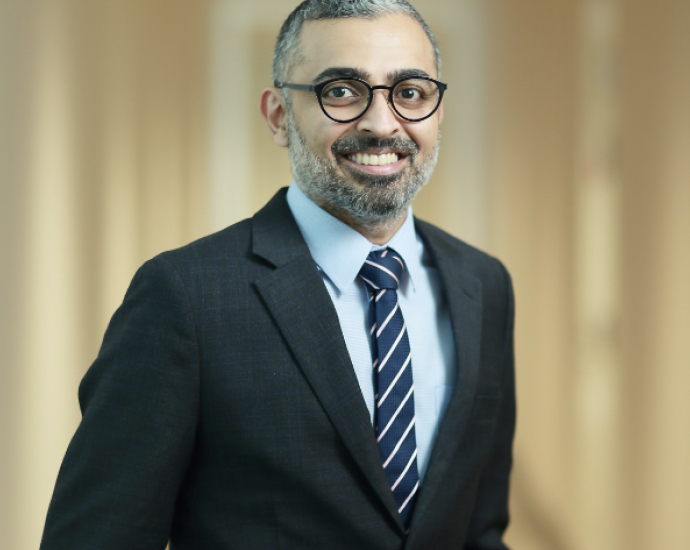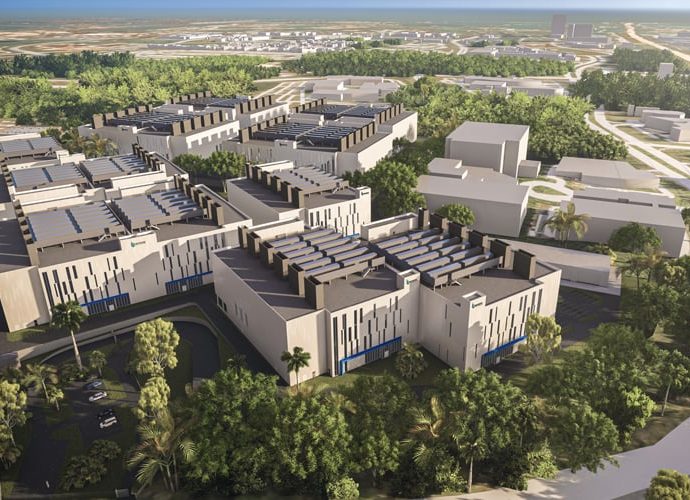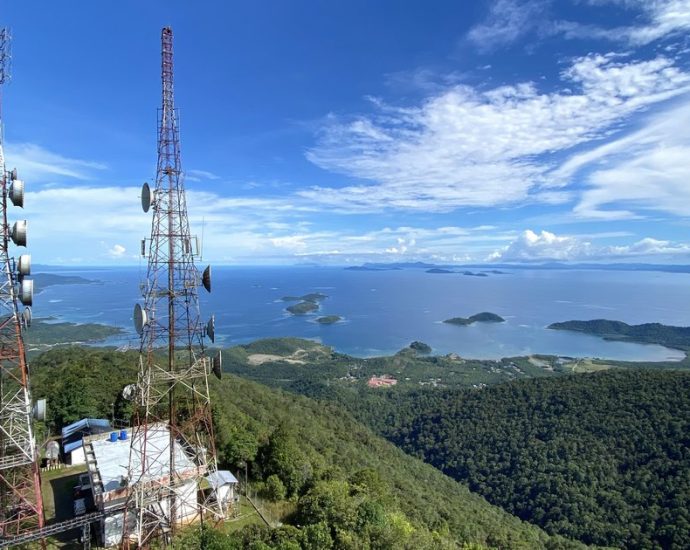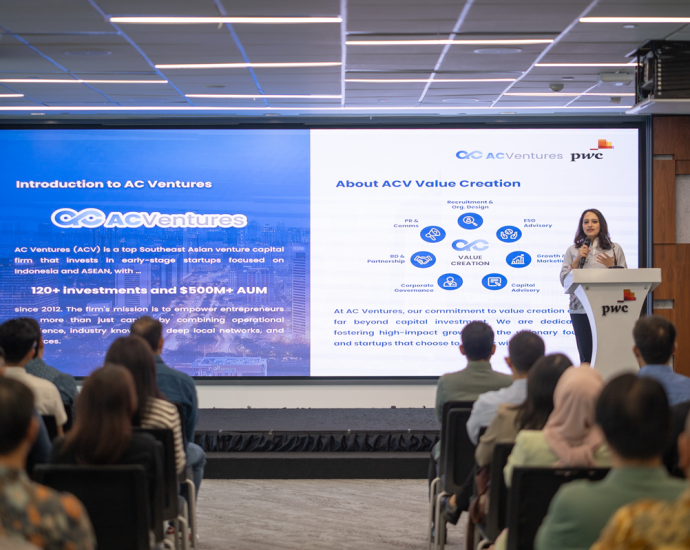95% of Malaysian companies have established sustainability goals but only half have implemented plans: Survey
44% of them are driven by an increase in business opportunities
Poor incentives/ low return on investment is key barrier to implementing sustainability
Although 95% of companies in Malaysia have established sustainability goals or targets, only half (49%) have implemented or are currently practising a comprehensive sustainability strategy. This is according to the…Continue Reading













